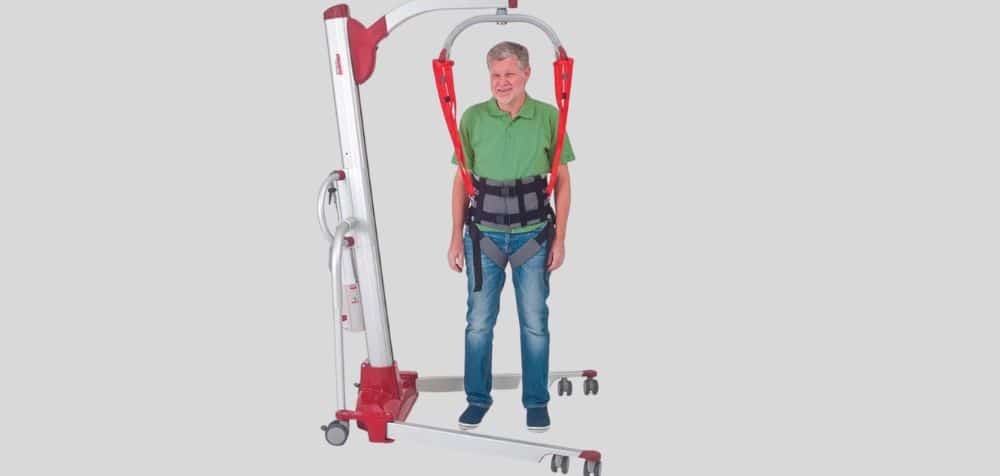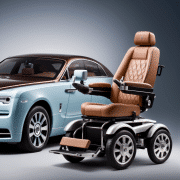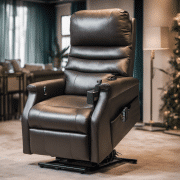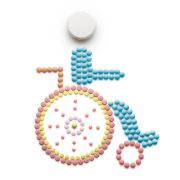Ceiling Hoists vs. Mobile Lifters. Which Solution is Best for Your Needs?
When considering the purchase of equipment for patient lifting and transfers there are some key considerations that will assist with the decision making process. Whilst both options ultimately perform the same function there are some large differences. Other than the main benefit of reducing injury to carers in the workplace or home environment and thereby...

When considering the purchase of equipment for patient lifting and transfers there are some key considerations that will assist with the decision making process. Whilst both options ultimately perform the same function there are some large differences. Other than the main benefit of reducing injury to carers in the workplace or home environment and thereby reducing the cost of injuries for a facility or business there are other some other differences to help decide on what best meets your needs.

Before comparing Ceiling Hoists with Mobile Lifters it is important to understand the difference in equipment as there are a variety of options for transferring a patient. Some of the most commonly used are standing hoists (transfer platform or transfer trolley), floor hoists and ceiling hoists.
Standing hoists are also know as sit to stand hoists, transfer platforms or transfer trolleys. They assist patients from a sit to stand position and vice versa. They are available in both manual and battery-powered hoists and are appropriate for partial weight-bearing patients.
Floor hoists are ideal for patients who are non-weight bearing or partially weight-bearing due to reduced mobility caused by various reasons.
Ceiling Hoists take up no floor space, therefore, making it a safer work space and allowing for staff to move more freely within an area. This allows the carer to complete more with less occupied space, a huge benefit when operating in already close quarters.
Ceiling Hoist motors are attached to a rail system that is fitted to a ceiling. This facilitates movement of the hoist along a track. This can be especially useful when transferring bariatric patients within an operating theatre or when performing Xrays or MRI’s.
Ceiling Hoists can facilitate single person transfers or self-transfers if set up properly.
Ceiling Hoists are limited to where they are installed. Once the rail is fitted, the track that the hoist travels along is determined. This means that the transfers that are performed are fixed. For example, the transfer can be made from a bedroom to a bathroom. Additional rail would need installing if further transfers such as from the bedroom to the living area is required. Transfers using mobile hoists can be performed where they are needed thereby adding more flexibility.
Mobile Hoists don’t need to be installed and they generally cost less: As labour for installation is not required this is omitted from the overall cost. With a ceiling hoist, the rail also needs to be added making it a more expensive purchase.
If the lifter is no longer needed the hoist can be removed and used elsewhere without the need for disassembly
There is less chance of a carer being injured with a ceiling hoist
Additional Studies and Reports:
Review our article on the study of healthcare worker health and safety specifically relating to muscular-skeletal injury.
In Safe Work Australia’s 2016 report, over 66,000 claims were filed by community and personal service workers for musculoskeletal disorders (MSD) from 2009-10 and 2013-14. Over 30% of the claims from this category came from personal carers and assistants and close to 20% came from health and welfare support workers.
Preferred Suppliers for the Healthcare Industry Since 2003
Patient Handling is founded on a sound base of great staff, great products and great partners. We strive to put our clients needs above all else and focus on well thought out solutions for complex needs.



Receive latest news
Contact Us
We are an online store only. Please contact us if you would like a product specialist to assist with your purchase.







